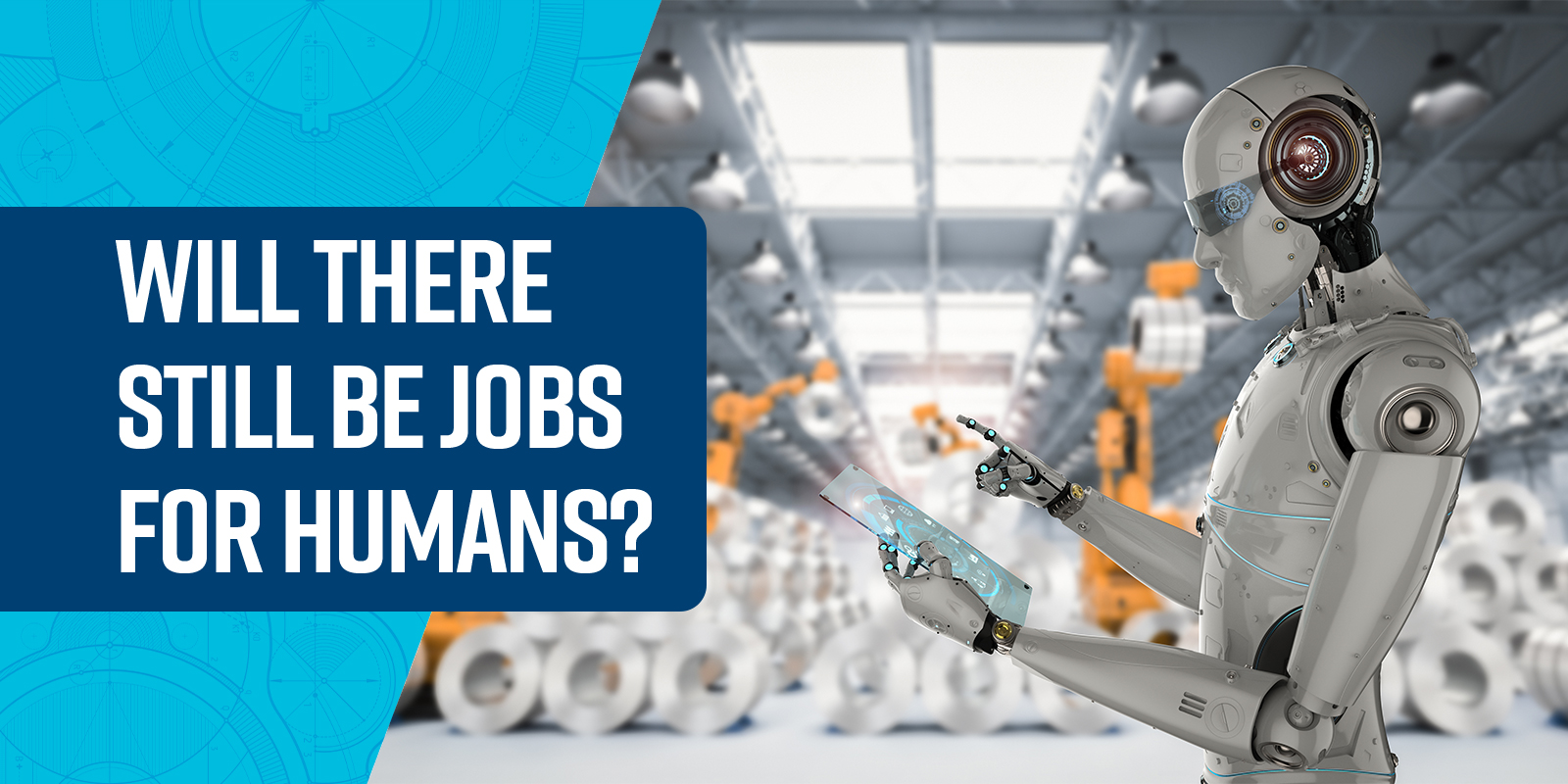Robotic process automation (RPA) has quickly become inevitable. In March of 2018, APQC interviewed Tilak Banerjee, a director at Dell-EMC, on RPA: “When we started in 2015, RPA was more or less a new concept in the shared services industry,” said Banerjee. “Right now, a lot of companies I talk to are entering this field because there is no other option.” The choice to implement has now become a necessity and to be prepared, we need to understand the opportunity RPA brings. Fearing the future will only lead to inadequate preparation. Here are four reasons why we should stop being afraid of RPA.
 There will still be jobs for humans. We may lose parts of jobs, but that doesn’t necessarily leave us jobless. Companies will have the capability to give employees more stimulating work, while RPA can handle the tedious tasks that require most employees to drink that fourth cup of coffee before the day is through. RPA gives us the ability to harness what makes us human: innovation and creativity. For example, rather than CFOs having to spend much of their time examining spreadsheets on past expenses, they can analyze a wealth of real-time data to pinpoint future opportunities and mitigate risk.
There will still be jobs for humans. We may lose parts of jobs, but that doesn’t necessarily leave us jobless. Companies will have the capability to give employees more stimulating work, while RPA can handle the tedious tasks that require most employees to drink that fourth cup of coffee before the day is through. RPA gives us the ability to harness what makes us human: innovation and creativity. For example, rather than CFOs having to spend much of their time examining spreadsheets on past expenses, they can analyze a wealth of real-time data to pinpoint future opportunities and mitigate risk.- Increase your customer centricity. Automation allows employees to focus on value-added, skills-based work, such as serving customers. Freed from repetitive tasks, employees can put their emotional and intellectual intelligence to good use. They can spend less time ticking boxes and more time creating a personalized, convenient, and relevant experience for customers.
- Improvement in cycle time and risk management. RPA will allow employees to work better, smarter, and faster, which should excite us considering the ever-increasing expectation to do more with less. No one relishes doing the same task fifty times over, and bored employees are prone to mistakes. If we allow RPA to handle the repetitive, rules-based, and mundane processes, little room is left for human error.
- We are already becoming accustomed to automation in many consumer applications. People are already used to automation in their personal life. For example, I recently learned that popular American fast-food restaurant Chick-Fil-A has streamlined the ordering process with the help of automation. With their new process, as a customer, all I have to do is download the app, choose a location to order from, enter my order, and when I get there, a Chick-Fil-A employee hands me my beloved meal. They even include an incentive for customers to use the app; since they are saving time and money, on certain days, they will give you a free item with an app order. Through the power of automation, Chick-Fil-A can give customers even more of what they love. With the use of RPA, companies can be one step closer to giving employees the same ease and efficiency when they come to work.
Readers seeking to learn more about ways in which RPA can support their organization should visit the following recently-published research on these topics from APQC:
- Robotic Process Automation (RPA) and Accounts Payable (Infographic)
- Robotic Process Automation Trends and Development with Dell-EMC's Tilak Banerjee
- Competencies for Robotic Process Automation at a Financial Services Organization
- Setting Up a Robotic Process Automation Program: CUNA Mutual
- Exploring Process Automation (Collection)